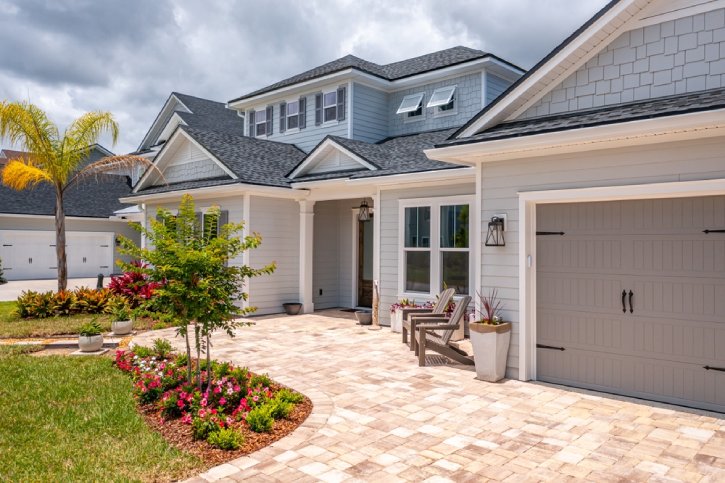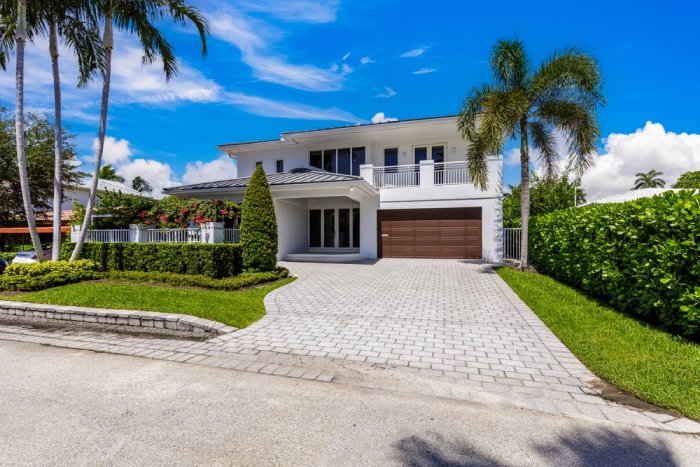TL;DR: Quick Guide: Easy Ways to Keep Your Florida Garage Cool
Looking for practical ways to beat Florida’s heat without a full remodel? This guide on how to cool a garage in Florida shares simple, low-cost upgrades. They help make your space cooler, more efficient, and comfortable all year.
You’ll learn how to:
- Seal cracks and gaps to keep hot air out
- Insulate walls and ceilings for steady temperatures
- Improve airflow with vents and fans
- Block sunlight using reflective coatings or window film
- Add portable cooling or dehumidifiers for extra comfort
Follow these steps to protect tools, cut heat, and make your garage a pleasant place to work again.
Step into a Florida garage in July, and it’s like walking into a sauna. The heat presses down, making even quick jobs feel endless. If you’ve been wondering how to cool a garage in Florida without spending a fortune, you’re in the right place.
These seven steps show the best way to cool a garage using simple upgrades that work for Florida’s climate. Each one helps reduce heat, improve airflow, and control moisture so you can use your space all year.
Why Cooling a Garage in Florida Matters
When outdoor temperatures soar above 90°F and humidity wraps the air, your garage turns into an oven. That heat doesn’t just feel miserable—it can warp tools, weaken batteries, and damage flooring.
Picture walking into your garage and feeling steady air instead of a sticky wall of heat. Cooling a garage means comfort, safety, and less wear on everything you store. The secret lies in combining airflow, insulation, and smart shading.
Step 1: Seal Cracks and Gaps to Keep Hot Air Out
Start by inspecting around doors, windows, and corners. You’ll often see daylight slipping through—proof that hot air and humidity are sneaking in. Add weatherstripping to door rails, fit a tight bottom sweep, and seal wall seams with exterior caulk.
It’s the cheapest way to cool a garage and the best starting point. Preventing heat from entering is always easier than removing it later.
Step 2: Insulate the Walls and Ceiling for Steady Temperatures
Insulation turns a Florida garage from stifling to stable. Use foam board or fiberglass batts and aim for an R-value of 13 or more. Cover exposed areas neatly to prevent dust escaping.
Insulation reduces radiant heat from the roof and can drop interior temperatures by up to 20 degrees. You’ll notice the difference every time you step inside.
Step 3: Add Vents to Let Heat Escape Naturally
Ever wondered why garages in Florida have vents? They allow trapped hot air to rise and flow out. Without ventilation, heat builds up near the ceiling, making the lower air heavy and stale.
Roof, soffit, or louvre vents improve air movement without power. Combine them with an exhaust fan to push hot air out faster and stop moisture from collecting.

Step 4: Boost Airflow with Fans and Circulation
Once vents are in place, it’s time to move the air. Set up a ceiling or oscillating fan to stir cooler air from below. In large garages, install a wall fan to pull heat out and draw fresh air in.
If you’ve asked how to push hot air out of a garage, this is the answer. Keep vents and fan paths clear for steady, smooth airflow.
Step 5: Block the Sun and Reflect Heat Away
Florida sunshine is powerful. A sun-facing wall can trap hours of radiant heat. Apply reflective window film, add blinds, or hang a light awning over west-facing openings.
A reflective or white roof coating helps lower heat by up to 50 degrees. It’s an easy upgrade that keeps your garage much cooler.
Step 6: Use Portable Cooling or Dehumidifiers for Extra Comfort
Will a portable AC cool a garage in Florida? Absolutely—if it’s the right size and properly sealed. Portable or window units can cool specific zones efficiently. They’re an easy way to cool down a garage in Florida without central air.
Pair your cooling with a dehumidifier. Florida air is heavy with moisture, and lower humidity makes the space more comfortable. Always check energy ratings to control running costs.
Step 7: Choose Smart, Budget-Friendly Cooling Tricks
If you’re searching for the cheapest way to cool a garage, think simple. Swap incandescent bulbs for LEDs, which emit less heat. Paint dark walls a light colour to reflect sunlight. Store tools and equipment off the floor so air can move freely.
Even small habits, like keeping the door closed during peak hours, can cool off a garage and cut energy use.
Enjoy a Cooler, More Comfortable Florida Garage
You don’t need a full remodel to beat the Florida heat. Seal gaps, add insulation, improve airflow, and control moisture. Together, these steps turn your garage into a cooler, more comfortable space.
Start with the first step this weekend, and you’ll feel the difference within days. A cool garage gives you better storage and longer-lasting tools. It also makes the space a pleasant spot to work or escape the sun for a while.
So, roll up the door, grab a fan, and start cooling that space. Get an estimate today.

